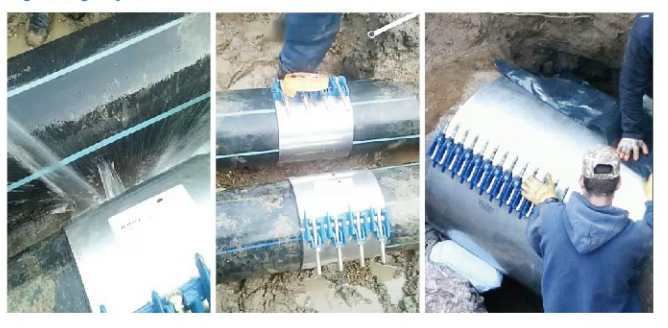Air and Vacuum Release Valve - Essential Solutions for Pipeline Efficiency
Understanding Air and Vacuum Release Valves
Air and vacuum release valves are essential components in various fluid transport systems, particularly in water supply and wastewater management. Their primary function is to maintain optimal pressure within pipelines by allowing entrapped air to escape and preventing vacuum conditions that could lead to system failure. This article explores the significance, functioning, and benefits of air and vacuum release valves.
The Importance of Air and Vacuum Release Valves
In any pressurized fluid system, air can accumulate in high points of the pipeline. This trapped air can create pockets that disrupt the free flow of liquids, reducing efficiency and causing damage to pumps and infrastructure. If air is not properly vented, it can lead to cavitation, which causes potential catastrophic failure in pumps and valves. On the other hand, the formation of a vacuum, particularly when a pipeline is drained or when a rapid change in pressure occurs, can implode pipes, leading to leaks and structural failure.
Air and vacuum release valves serve as safety devices to mitigate these risks. They are strategically installed in high points of pipelines to ventilate unnoticed air buildup and are also placed at low points to prevent vacuum conditions.
How Air and Vacuum Release Valves Work
Air and vacuum release valves operate based on the principles of atmospheric pressure and fluid dynamics. Typically, these valves have two main functions
1. Air Release When the fluid in a pipeline starts to flow, it creates a partial vacuum that can draw in air. These valves automatically open to release the trapped air, allowing the system to maintain pressure and ensure smooth fluid movement.
2. Vacuum Protection If a vacuum condition threatens to develop, the valve opens to allow external air into the pipeline, preventing any collapses or damage due to excessive negative pressure.
air and vacuum release valve

These valves often come with a float mechanism that controls their opening and closing actions. When air is present, the float drops, allowing the valve to open. As fluid enters, the float rises, closing the valve securely against the incoming flow.
Benefits of Air and Vacuum Release Valves
1. System Efficiency By effectively managing the air within pipelines, these valves ensure optimal fluid flow and reduce energy consumption, making systems more efficient.
2. Enhanced Longevity By preventing damage caused by air pockets and vacuum conditions, air and vacuum release valves extend the lifespan of pumps and pipelines, thereby reducing long-term maintenance costs.
3. Cost-Effectiveness Although there is an initial installation cost, the reduced risk of failures and maintenance makes air and vacuum release valves a cost-effective solution in the long run.
4. Safety Assurance By preventing potential catastrophic failures, these valves improve overall system safety, protecting not just the infrastructure but also personnel working in or near these environments.
Conclusion
In the realm of fluid transport systems, air and vacuum release valves play a vital role in ensuring operational efficiency and safety. Understanding their function and benefits can guide engineers and facility managers in making informed decisions about their implementation, ultimately leading to a more reliable and effective fluid management system. Investing in the proper air and vacuum release valves is not just a matter of compliance; it is an essential step toward safeguarding assets and ensuring operational integrity.
-
The Smarter Choice for Pedestrian AreasNewsJun.30,2025
-
The Gold Standard in Round Drain CoversNewsJun.30,2025
-
The Gold Standard in Manhole Cover SystemsNewsJun.30,2025
-
Superior Drainage Solutions with Premium Gully GratesNewsJun.30,2025
-
Superior Drainage Solutions for Global InfrastructureNewsJun.30,2025
-
Square Manhole Solutions for Modern InfrastructureNewsJun.30,2025
-
Premium Manhole Covers for Modern InfrastructureNewsJun.30,2025
